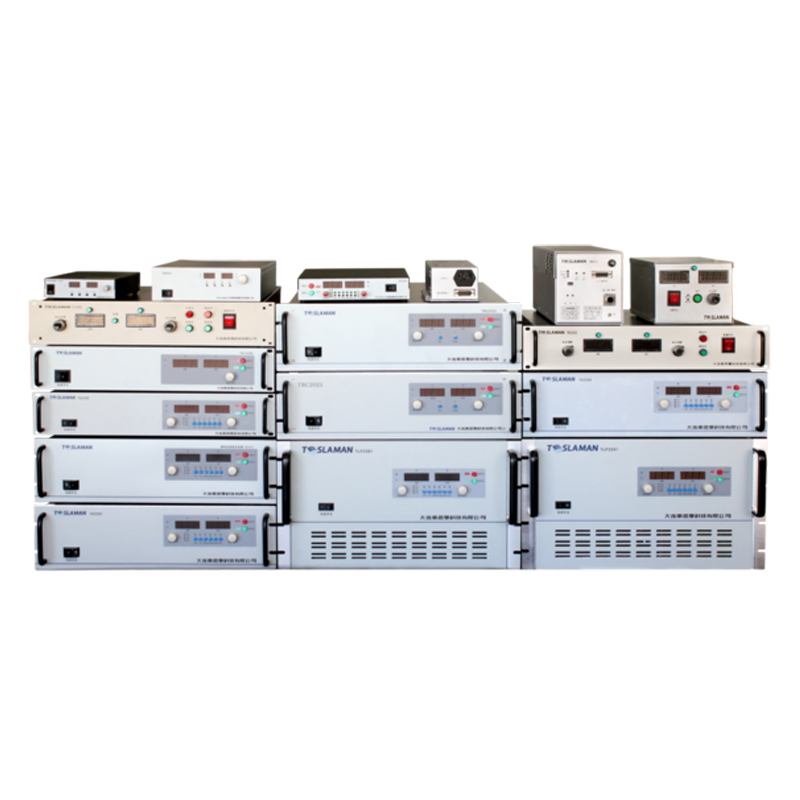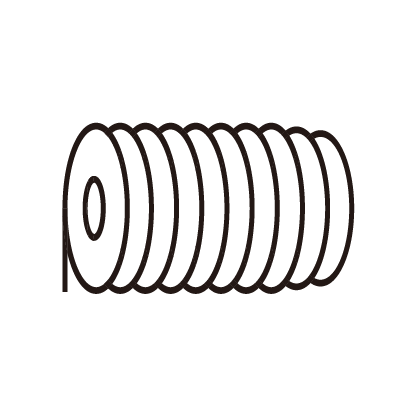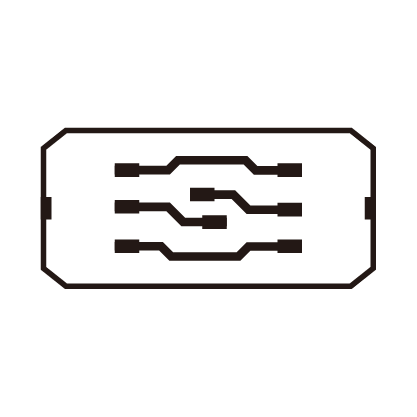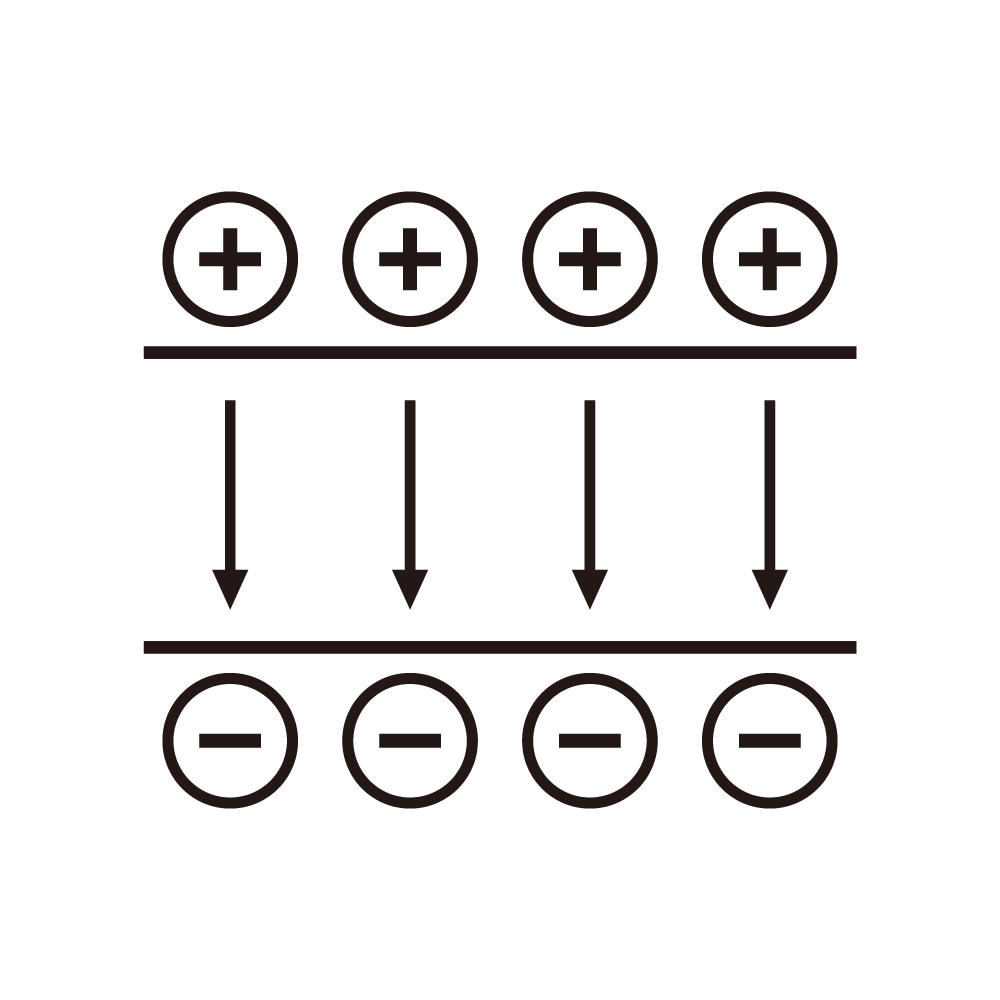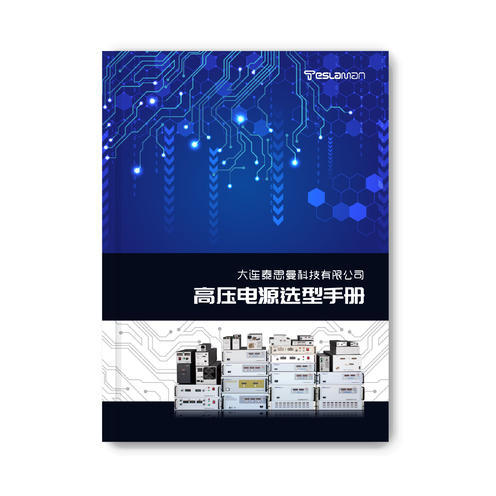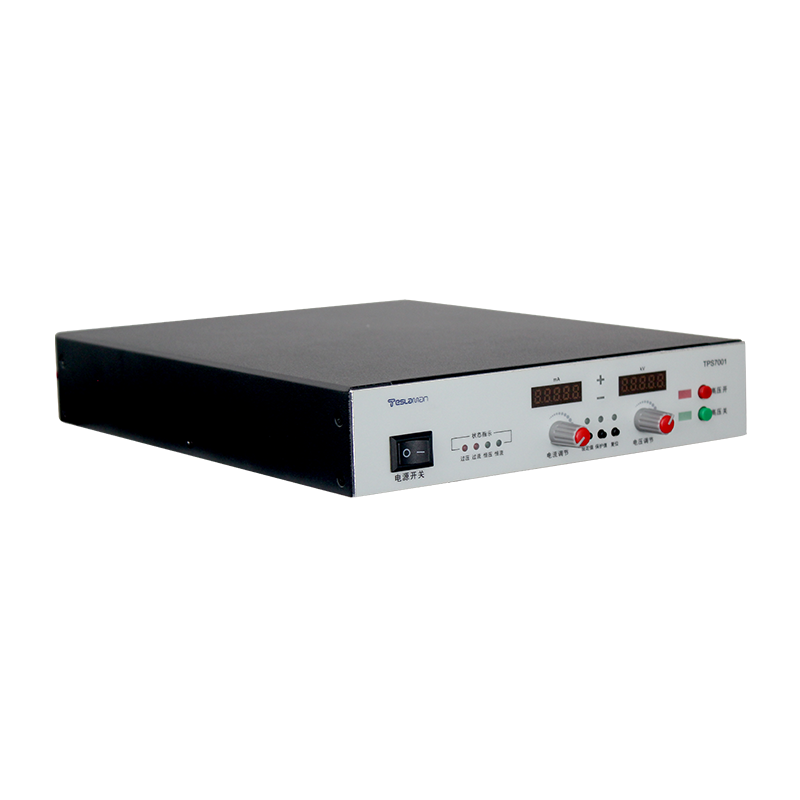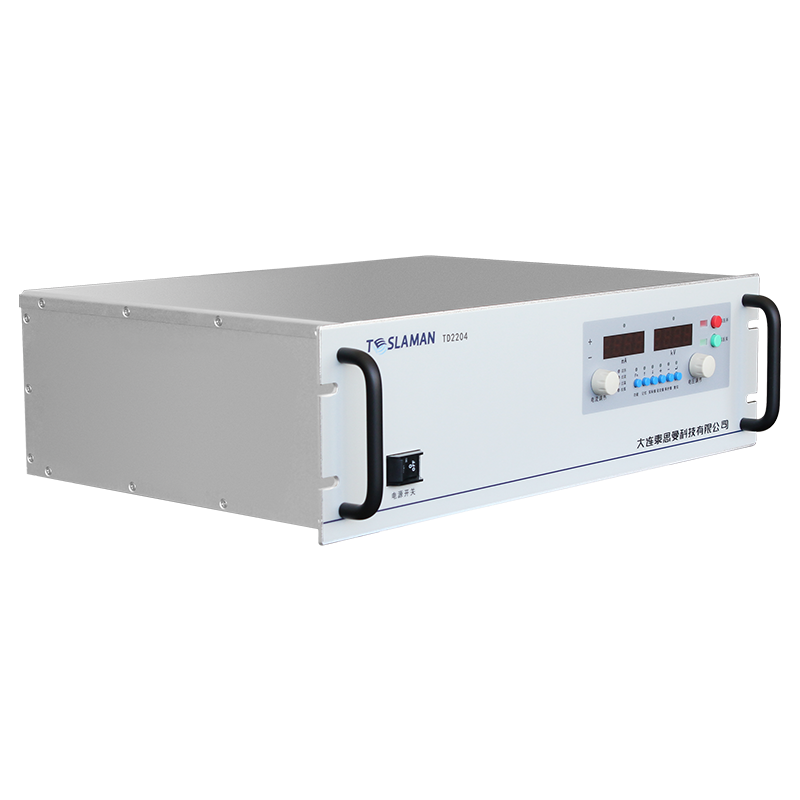Pulse Response Characteristics of High-Voltage Power Supplies for Accelerators
Particle accelerators depend on highly stable and precisely controlled high-voltage systems to accelerate charged particles to target energies. The HV power supply drives accelerating tubes, focusing electrodes, or electron guns, often in pulsed or modulated modes. The pulse response characteristic—the ability of a power supply to handle fast voltage transitions and load perturbations—determines the temporal precision and stability of the accelerator’s electric field.
In a pulsed accelerator, voltage rise and fall times may be in the microsecond or even nanosecond range. During each pulse, the HV system must achieve rapid voltage ramp-up, maintain flat-top stability, and recover without overshoot or oscillation. The transient response, overshoot suppression, damping behavior, and recovery time are thus key parameters.
The fundamental design principle is minimizing output impedance and optimizing control bandwidth. Fast control loops, typically in digital form, are employed to achieve sub-microsecond response times. Multi-loop architectures combine a slow outer voltage loop for steady-state accuracy with an inner fast loop for transient correction. Advanced digital signal processors (DSPs) and field-programmable gate arrays (FPGAs) implement real-time control algorithms that compensate for dynamic load variations.
Voltage overshoot and ringing, common in high-voltage pulses, can distort the electric field and degrade beam quality. Damping networks—such as series resistors, RC snubbers, or active damping feedback—are introduced to absorb reactive energy and suppress oscillations. The control algorithm may also include feedforward compensation to anticipate load-induced disturbances and pre-adjust gate drive signals accordingly.
High-voltage transmission lines and electrode loads introduce parasitic capacitance and inductance, forming resonant circuits that complicate transient response. Accurate modeling of these distributed parameters and implementation of impedance-matched transmission are crucial to achieving clean, distortion-free voltage pulses. Energy recovery circuits may be integrated to capture reverse current energy during the discharge phase, improving overall system efficiency.
Switching devices—such as high-voltage MOSFETs, IGBTs, or fast thyristors—must exhibit minimal turn-on/turn-off delay and low parasitic capacitance. Series-stacked configurations are often necessary to achieve multi-kilovolt operation, with precise voltage balancing networks to ensure equal voltage sharing across devices.
Electromagnetic compatibility (EMC) design also plays a vital role. High di/dt and dv/dt events generate strong EMI that can disturb adjacent instrumentation. Shielded enclosures, coaxial connectors, and isolated ground planes are necessary to minimize interference and maintain measurement fidelity.
The ultimate goal of pulse response optimization is to produce a voltage waveform that precisely follows the commanded trajectory, independent of load or parasitic effects. In modern accelerators, nanosecond-level timing synchronization is required between power supplies and beam injection systems. Therefore, pulse response optimization is not only an electrical design problem but also a systems integration challenge involving synchronization, digital timing, and control theory.
